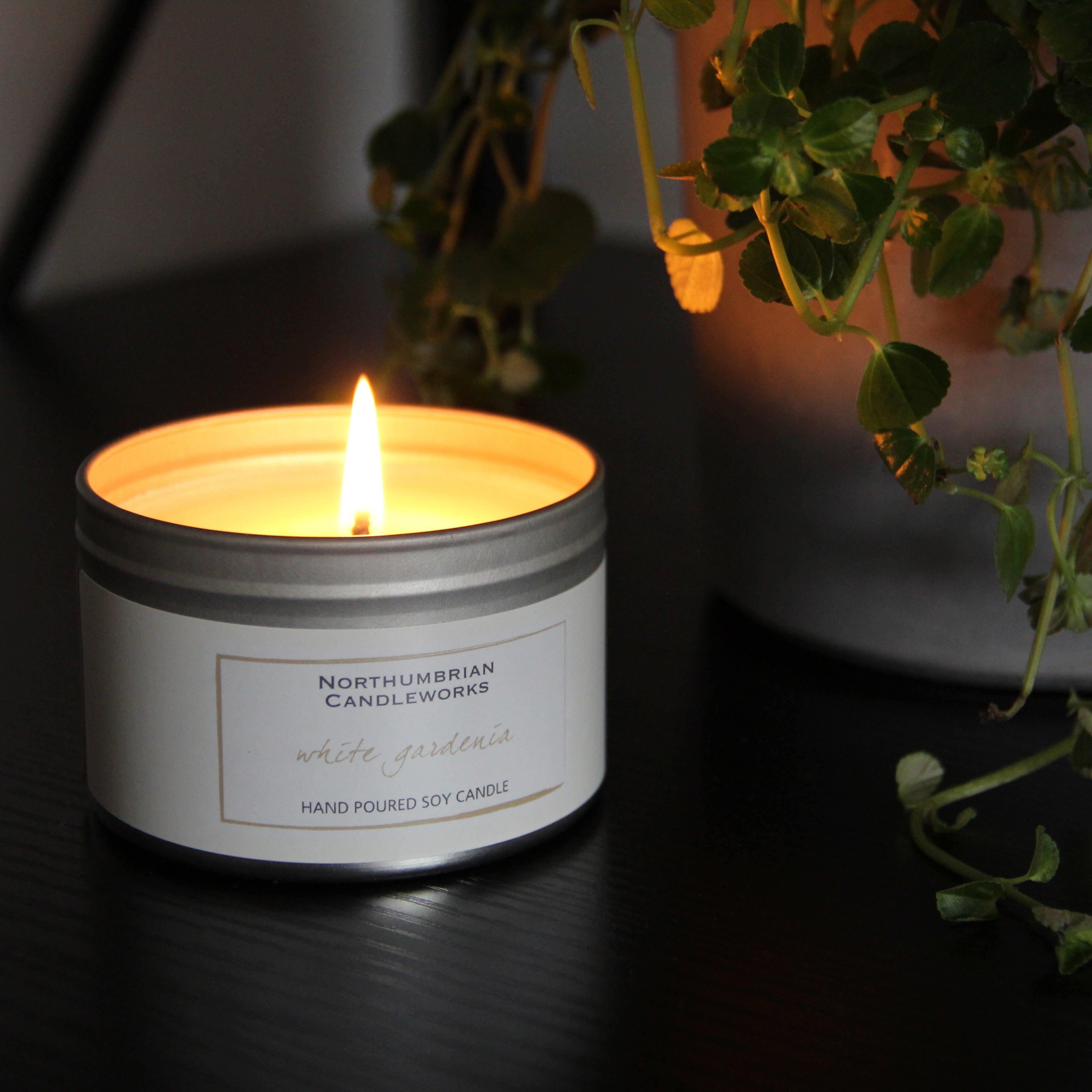Elevate Your Area with Premium Soy Wax Candles and Home Fragrance
Elevate Your Area with Premium Soy Wax Candles and Home Fragrance
Blog Article
From Wick to Wax: Understanding the Chemistry Behind Soy Wax Candles and Their Environmental Impact
As we illuminate our rooms with the warm radiance of candle lights, there lies a realm of detailed chemistry behind the relatively straightforward act of lighting a soy wax candle. Join us as we untangle the clinical intricacies behind soy wax candle lights and discover their implications on our setting.
Soy Wax Vs. Paraffin Wax
When contrasting soy wax and paraffin wax for candle making, it is important to understand the distinct qualities and advantages of each product. Soy wax is an all-natural, eco-friendly resource acquired from soybean oil, making it naturally degradable and environmentally friendly - soy candles. On the other hand, paraffin wax is a by-product of oil refining, which increases concerns about its environmental influence and sustainability
Soy wax candle lights burn cleaner and release less soot compared to paraffin wax candle lights, making them a healthier choice for interior air high quality. In addition, soy wax has a lower melting point, enabling a longer-lasting candle that spreads fragrance better. Paraffin wax, on the other hand, has a tendency to melt faster and much less cleanly, potentially launching dangerous chemicals into the air.
From a sustainability viewpoint, soy wax is favored for its biodegradability and renewable sourcing, aligning with the growing customer choice for ecologically conscious items. While paraffin wax has been a traditional selection in candle light making because of its affordability and ease of usage, the change towards eco-friendly choices like soy wax is getting momentum in the industry.
Chemical Make-up of Soy Wax

Combustion Refine in Soy Candles
The chemical composition of soy wax straight affects the combustion process in soy candles, affecting aspects such as melt time, fragrance release, and environmental influence. When a soy candle light is lit, the warm from the flame thaws the wax near the wick. This fluid wax is YOURURL.com then formulated the wick as a result of capillary activity. As the fluid wax reaches the fire, it undergoes and vaporizes combustion. The burning process involves the vaporized hydrocarbons in the wax responding with oxygen in the air to generate heat, light, water vapor, and carbon dioxide.
The burning performance of soy candle lights is affected by the purity of the soy wax and the high quality of the wick. Furthermore, soy wax candles have a lower ecological influence contrasted to paraffin candles due to their renewable and biodegradable nature.

Ecological Benefits of Soy Wax

Considered a sustainable alternative to standard paraffin wax, soy wax offers significant ecological advantages that make it a popular option among eco-conscious customers. One considerable advantage of soy wax is its sustainable sourcing. Soy wax is originated from soybean oil, which is predominantly cultivated in the USA. The farming of soybeans helps support local farmers and decreases the dependence on non-renewable fossil gas made use of in paraffin wax manufacturing. Furthermore, soy wax is biodegradable, indicating it breaks down naturally without releasing damaging toxins right into the setting. This particular makes soy wax candles an extra eco-friendly choice contrasted to paraffin wax candle lights, which are made from petroleum, a non-renewable source. Furthermore, soy wax burns cleaner and produces much less residue than paraffin wax, adding to far better interior air quality and lowering the need for cleaning and maintenance. Generally, the environmental advantages of soy wax straighten with the growing need for environment-friendly and lasting products in the marketplace.
Recycling and Disposal Factors To Consider
Recycling and correct disposal of soy wax candle lights play an essential role in preserving environmental sustainability and reducing waste in communities and houses. When it comes to reusing soy wax candles, the initial step is to ensure that the candle has actually shed entirely.

In terms of disposal, if recycling is not a choice, soy wax candles are biodegradable and can be securely dealt with in a lot of house waste systems. It is always suggested to examine with local reusing centers or waste management services for specific guidelines on candle light disposal to ensure proper handling and environmental defense.
Final Thought
In final thought, the chemistry behind soy wax candles reveals their environmental benefits over paraffin wax candle lights. Soy wax, derived from soybean oil, burns cleaner and creates less residue when compared to paraffin wax. The burning procedure in soy candle lights is a lot more efficient, bring about a much longer and a lot more even shed. Additionally, soy wax is eco-friendly and renewable, making it a more lasting option for candle light manufacturing. Reusing and appropriate disposal of soy wax candles even more add to their environmental impact.
When comparing soy wax and paraffin wax for candle light making, it is necessary to understand the unique characteristics and benefits of each material (soy candles).Soy wax candles shed cleaner and produce much less residue compared to paraffin wax candle lights, making them a healthier option for indoor air top quality.Considered a sustainable alternative to standard paraffin wax, his comment is here soy wax supplies notable environmental advantages that make it a popular choice among eco-conscious customers. Soy wax burns cleaner and produces less soot than paraffin wax, contributing to better interior air high quality and lowering the demand for cleaning and upkeep.In final thought, the chemistry behind soy wax candles discloses their ecological benefits over paraffin wax candle look at these guys lights
Report this page